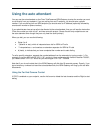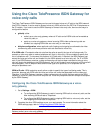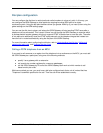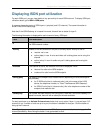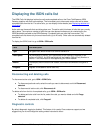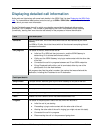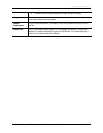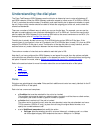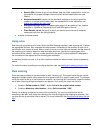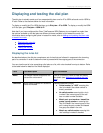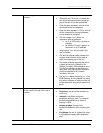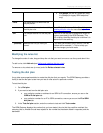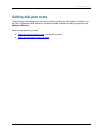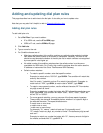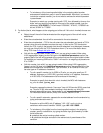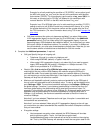
Understanding the dial plan
Cisco TelePresence ISDN Gateway 2.1 Online help (Printable format) 20 of 135
o Restrict (56k): whether a call will use 56kbps. Note that if 56k is specified for a rule, but
the endpoint only supports 64kbps, then the call will be terminated rather than use
56kbps
o Maximum bandwidth: used to limit the bandwidth available to for calls to particular
numbers, or to allow users to select their own bandwidth (for more information, see
Adding and updating dial plan rules)
o Encryption settings: whether transparent encryption is to be used and if not, whether
encryption is Optional or Required for the IP and ISDN parts of the call
o Place/Receive call on: the port(s) to use if you need to bond channels to complete
subsequent calls from the calling endpoint
a choice of allowed codecs
Using rules
Each dial plan comprises a set of rules. When the ISDN Gateway receives a new incoming call, it selects
the appropriate dial plan, then compares the called number (if available) to the condition of each rule in
that dial plan until a match is found. When a match is found, no more rules are checked, and the action of
the matching rule is used to determine what should be done next; typically the outgoing part of the
connection will be initiated - calling a number specified by the action, the auto attendant is displayed or
the connection will be rejected and the incoming part terminated.
If a dial plan contains no rules, or if no rule's condition matches the called number, calls are rejected by
default.
For more information on adding and modifying dial plan rules, see
Adding and updating dial plan rules.
Rule ordering
Rules are always checked in the same order for each incoming call. This means that a dial plan can be
designed to handle specific calling cases first, then general calls if no specific cases match. For example,
a dial plan might be set up to call a particular endpoint if an incoming call is received to a specific number,
but all other incoming calls get connected to an operator. Such a dial plan might look like this:
1. Condition: Called number is "6056" / Action: Call with the original called number.
2. Condition: Match any called number / Action: Call this number "1000"
Clearly rule ordering is important to achieve this functionality. You can view and test the rule list
comprising a dial plan, and modify the ordering of the rules by dragging and dropping as required. (You
can also use the up and down links to reorder.) For more information, see
Displaying and testing the dial
plan.



